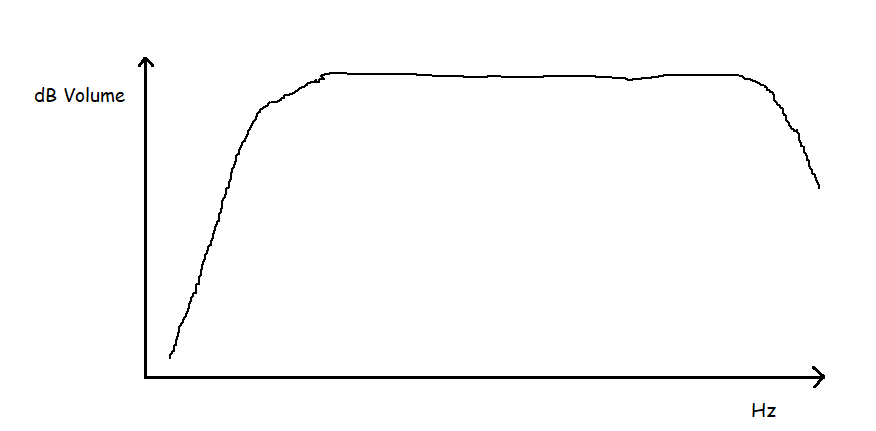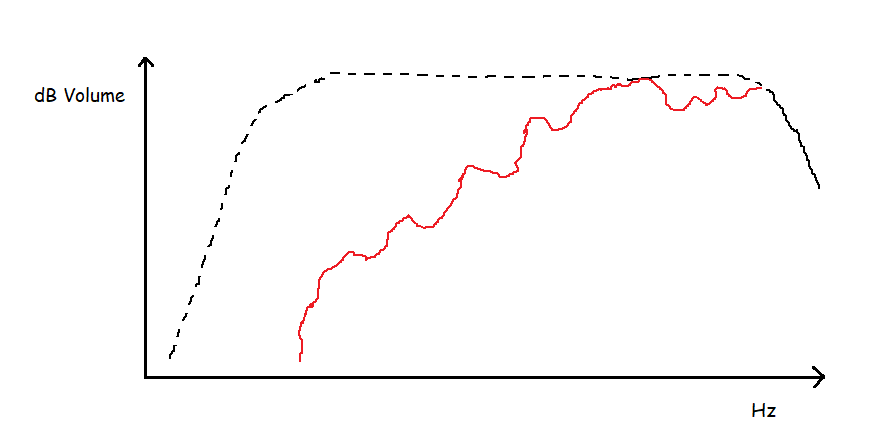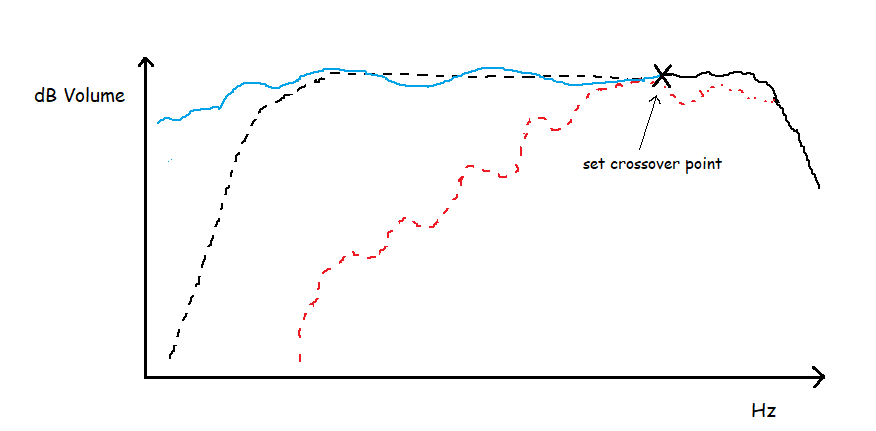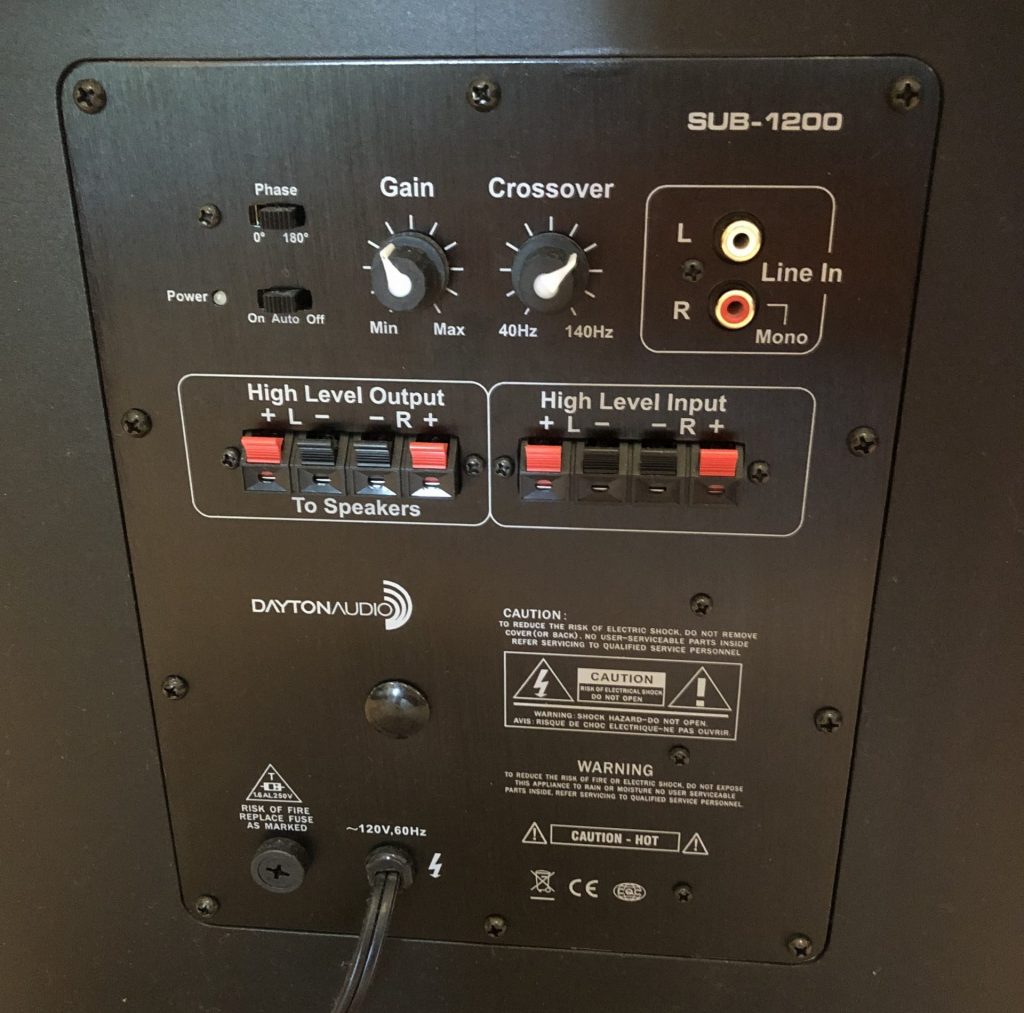When the average person hears the word “subwoofer,” they often think loud, big, booming, thumping, chest rumbling bass. Some people do want that – and a big subwoofer can certainly give that in spades – but others who are mostly listening to ambient music at a more moderate volume might regard the idea of a subwoofer as crude, or something that might muddy up otherwise tight and refined sounding music.
This couldn’t be further from the truth. Not only can a subwoofer greatly fill out the overall sound of pretty much any musical genre – without sounding obviously booming – it can actually help your main speakers improve the midrange tightness, refinedness, and whatever else by offloading the extra work of producing the low frequencies from them.
The range of human hearing is roughly around 20 – 20k Hz, though in “ideal laboratory conditions, humans [have been able to] hear sound as low as 12 Hz (source). Some have even argued that sound produced by speakers further outside the range of hearing can still enhance audio, though this is rather speculative.
Most main speakers are two-way, meaning they have a small tweeter for the highs, and a ~5-6 inch woofer for the lows. The frequency response range for two-way speakers is *generally* in the range of 60 – 20k Hz. Some manufacturers will quote lower, but the lower they claim, the more suspect it gets, especially if they don’t claim the range exists within a 3 dB differential (many budget products don’t), which is the industry accepted standard for volume consistency.
In reality, most bookshelf speakers will start to drop off significantly at around 100 Hz or even higher. Here’s a 100 Hz test tone to give you an idea of what that threshold sounds like:
As you can probably tell, that’s not that low of a pitch, and there are a lot of sounds in the stuff you listen to – not necessarily booming explosions – that are at that pitch or lower. Think drums, woodwinds, low organ notes, ambient bass lines, etc. etc.
Lower frequency sound waves simply need bigger woofers to accurately reproduce them, and a standard ~5 inch woofer isn’t really designed to do that. Additionally, if a mid size woofer is trying to reproduce the low bass notes, that can detract from its ability to reproduce the mids at the same time. It’s a jack of all trades master of none type situation.
What a larger subwoofer can and does do, in addition to being bigger and optimized for low bass, is that it adds what’s called a crossover, in other words a point where the main speakers are essentially told “stop trying to reproduce any sound below ~150 Hz, the subwoofer will take care of that.” This allows the main speakers to solely focus on the mids that they’re actually designed and optimized for.



That’s the back panel of the Dayton 1200, one of our favorite budget subwoofers (reviewed here), and you can see the dial where you can actually tinker with the crossover point to really make your main speakers perform and sound their best.
A decent budget subwoofer can be acquired for around $200, which isn’t that bad, and in most cases adding one to your system is really easy – the vast majority of home theater subwoofers are powered, and all you have to do is use a simple cable to plug it into your receiver’s sub out input, turn it on, set the cross over, and you’re good to go.
Further reading: our current picks for the overall best budget subwoofers

